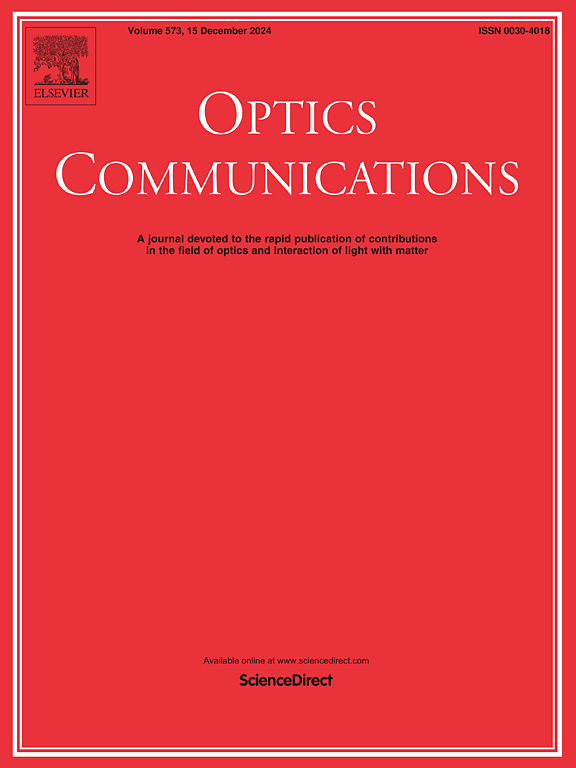Automating interferometric focal length measurement techniques with varifocal optics
IF 2.2
3区 物理与天体物理
Q2 OPTICS
引用次数: 0
Abstract
Characterizing the focal length of a sample lens is one of the most fundamental and ubiquitous of measurements in optical metrology. In this paper, we eliminate bulk mechanical motion of optical components in various popular interferometric shop testing methods for sample focal length measurement. While most existing interferometric focal length measurement techniques require precise positioning and repositioning of bulk optical components according to the sample lens focal length, we show that repeatable and reliable focal length measurements are possible without a need of bulk motion of optical elements. We demonstrate that elimination of bulk mechanical motion is achieved via the introduction of varifocal optics such as focus tunable optic lenses in measurement testbeds. This improves the repeatability and compactness of these methods. Interferometric techniques which we automate are ones that use a standard double frequency grating and a Ronchi ruling. Moreover, we also upgrade a traditional Twyman–Green (TG) interferometer to an actively tunable version which can characterize focal length without requiring bulk motion of optical components. The presented techniques are validated with results from carefully designed experiments.
求助全文
约1分钟内获得全文
求助全文
来源期刊

Optics Communications
物理-光学
CiteScore
5.10
自引率
8.30%
发文量
681
审稿时长
38 days
期刊介绍:
Optics Communications invites original and timely contributions containing new results in various fields of optics and photonics. The journal considers theoretical and experimental research in areas ranging from the fundamental properties of light to technological applications. Topics covered include classical and quantum optics, optical physics and light-matter interactions, lasers, imaging, guided-wave optics and optical information processing. Manuscripts should offer clear evidence of novelty and significance. Papers concentrating on mathematical and computational issues, with limited connection to optics, are not suitable for publication in the Journal. Similarly, small technical advances, or papers concerned only with engineering applications or issues of materials science fall outside the journal scope.
 求助内容:
求助内容: 应助结果提醒方式:
应助结果提醒方式:


